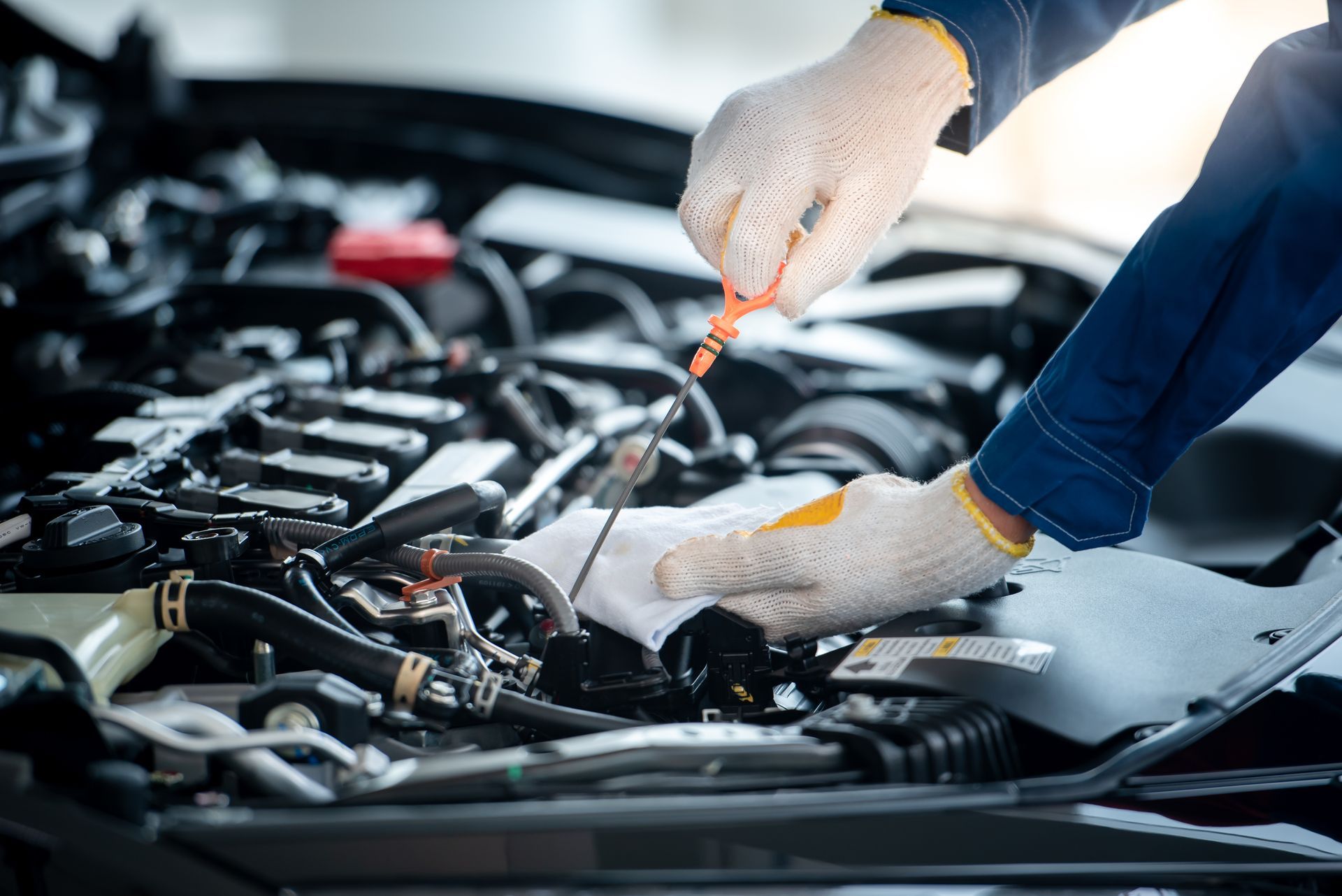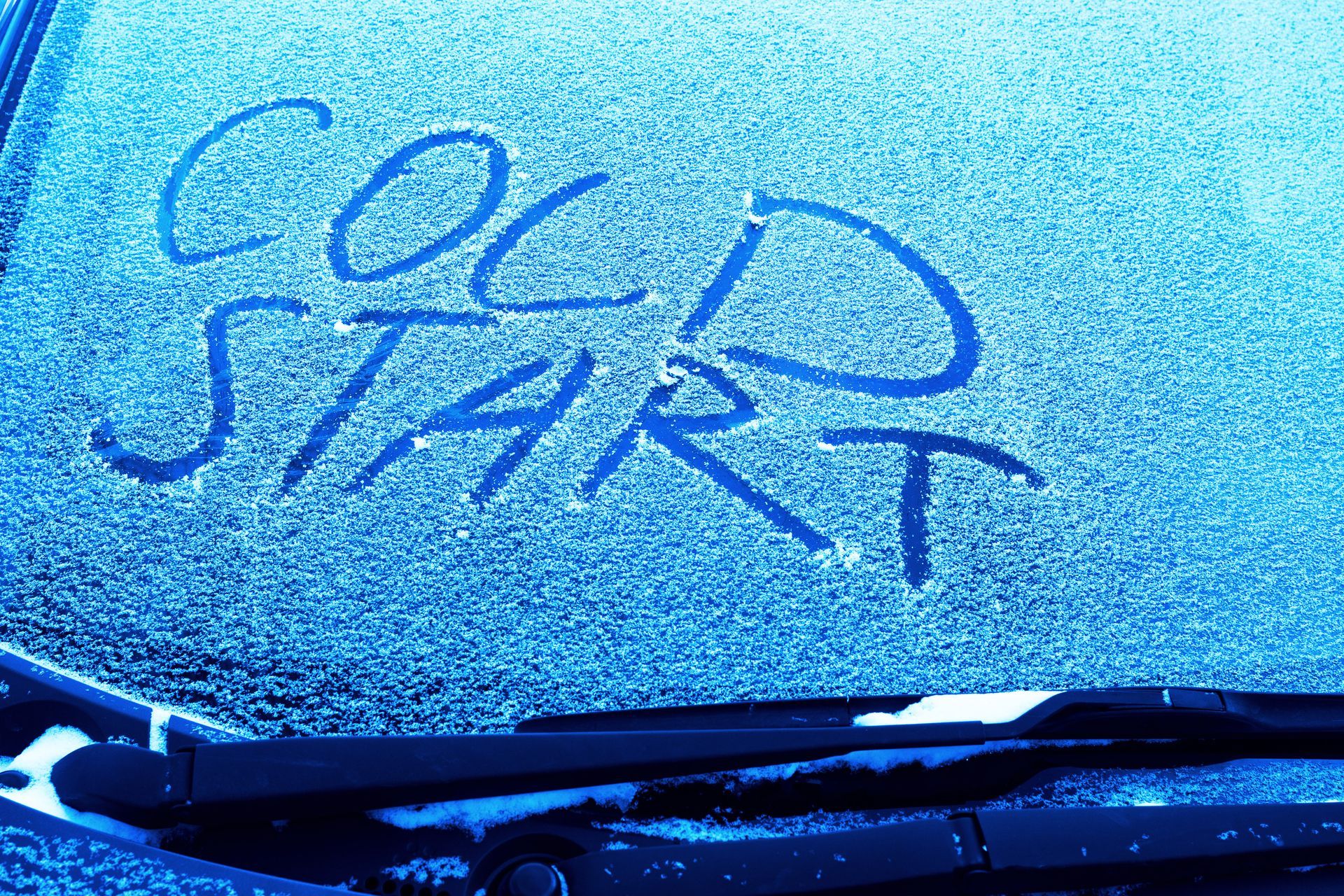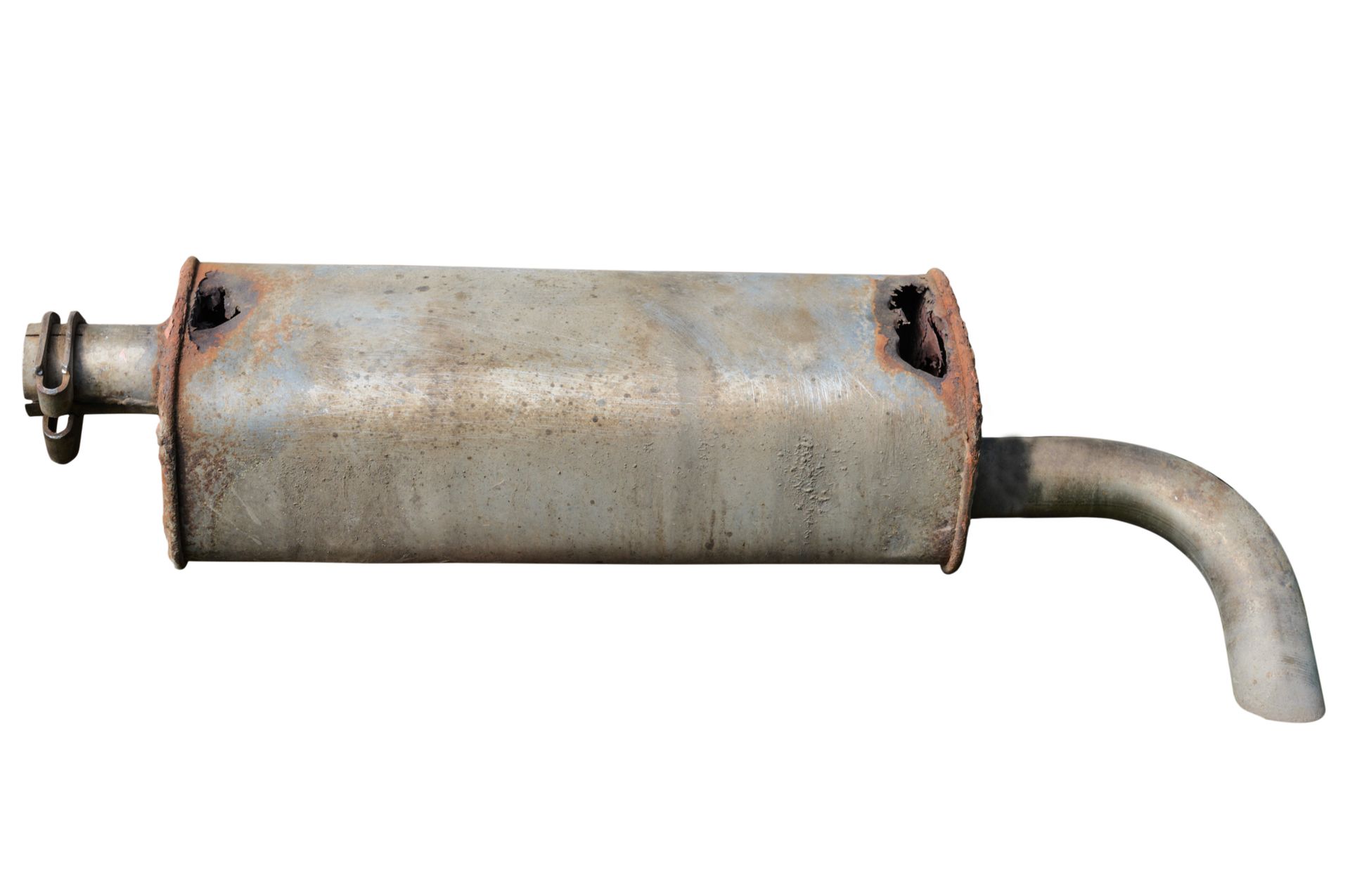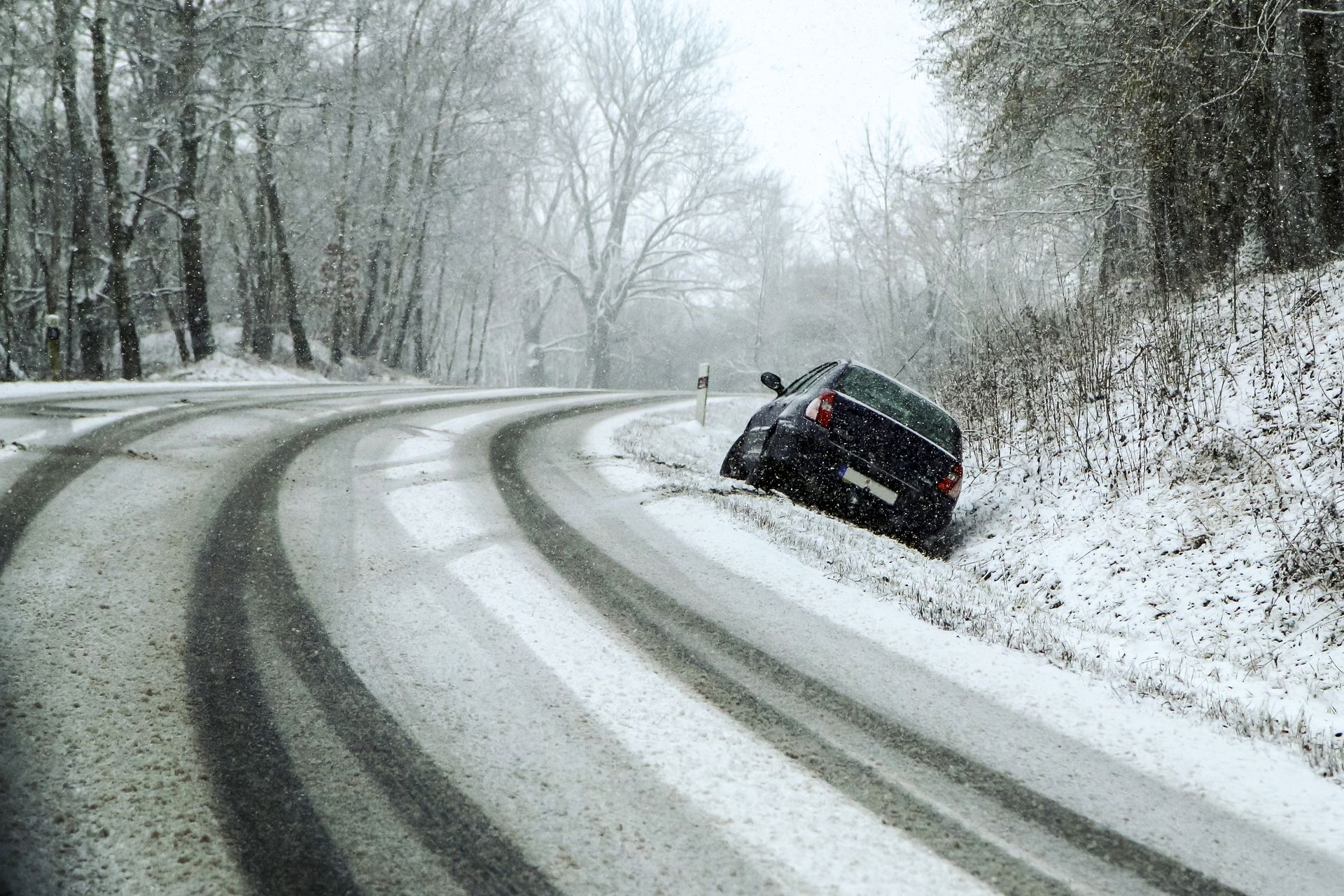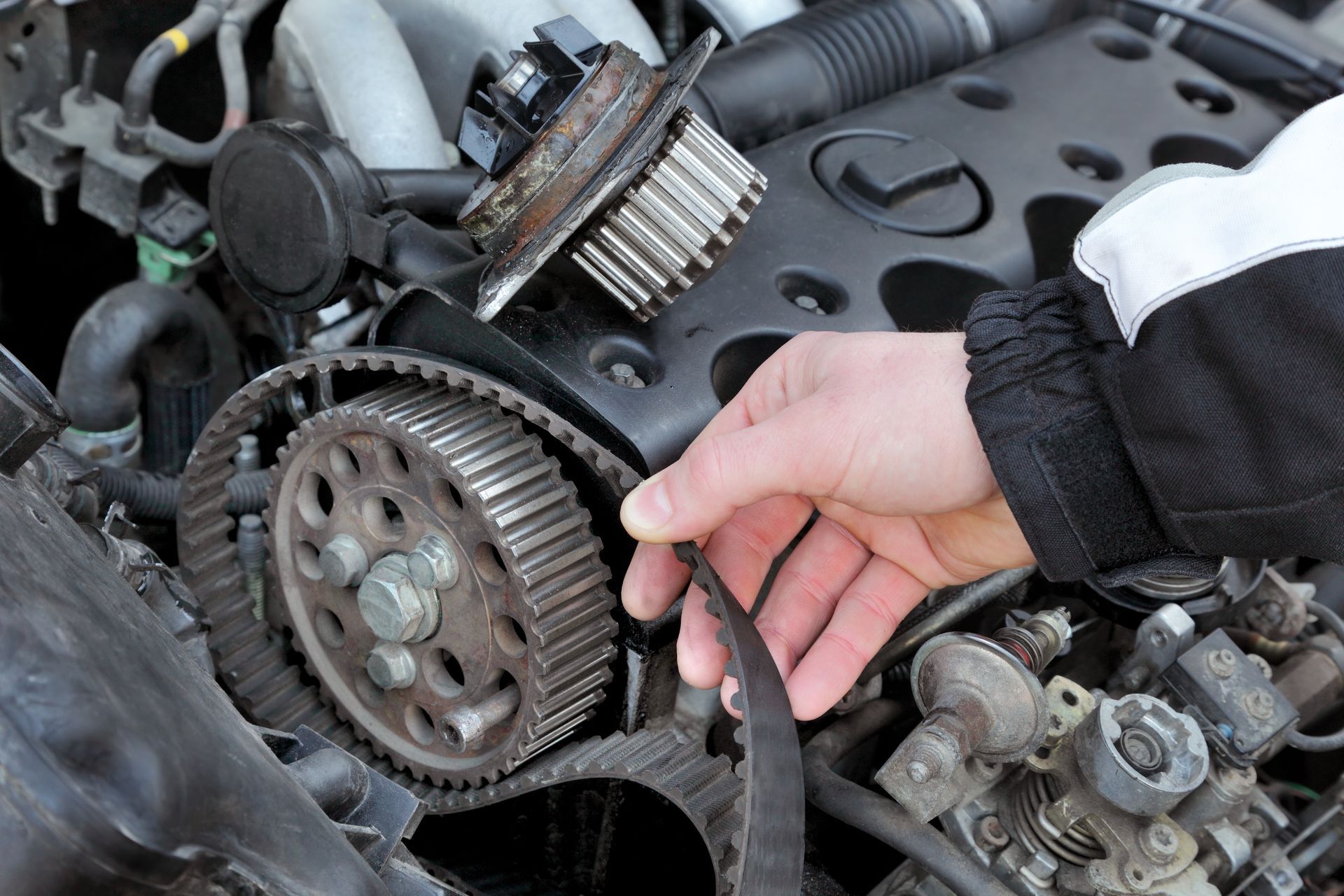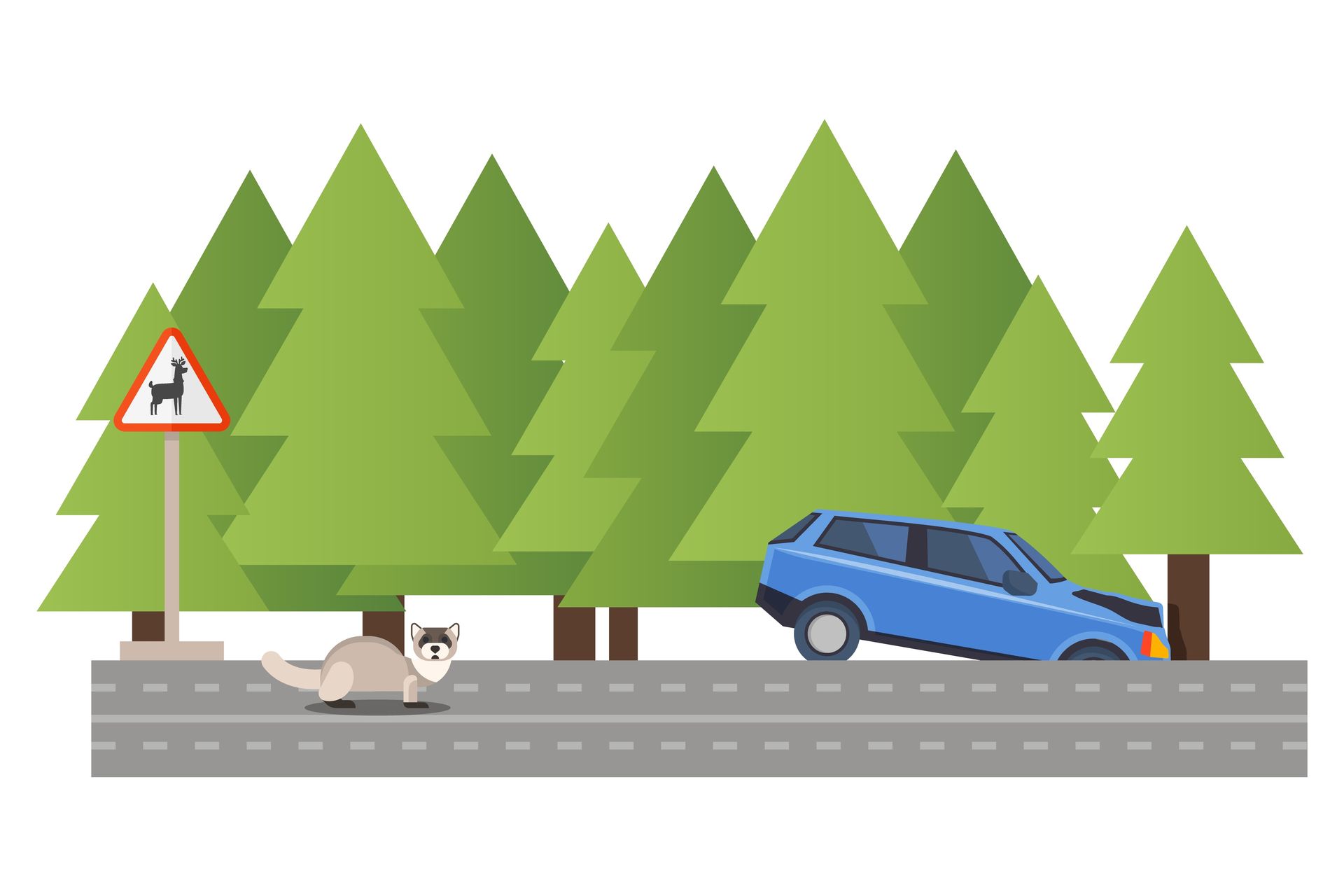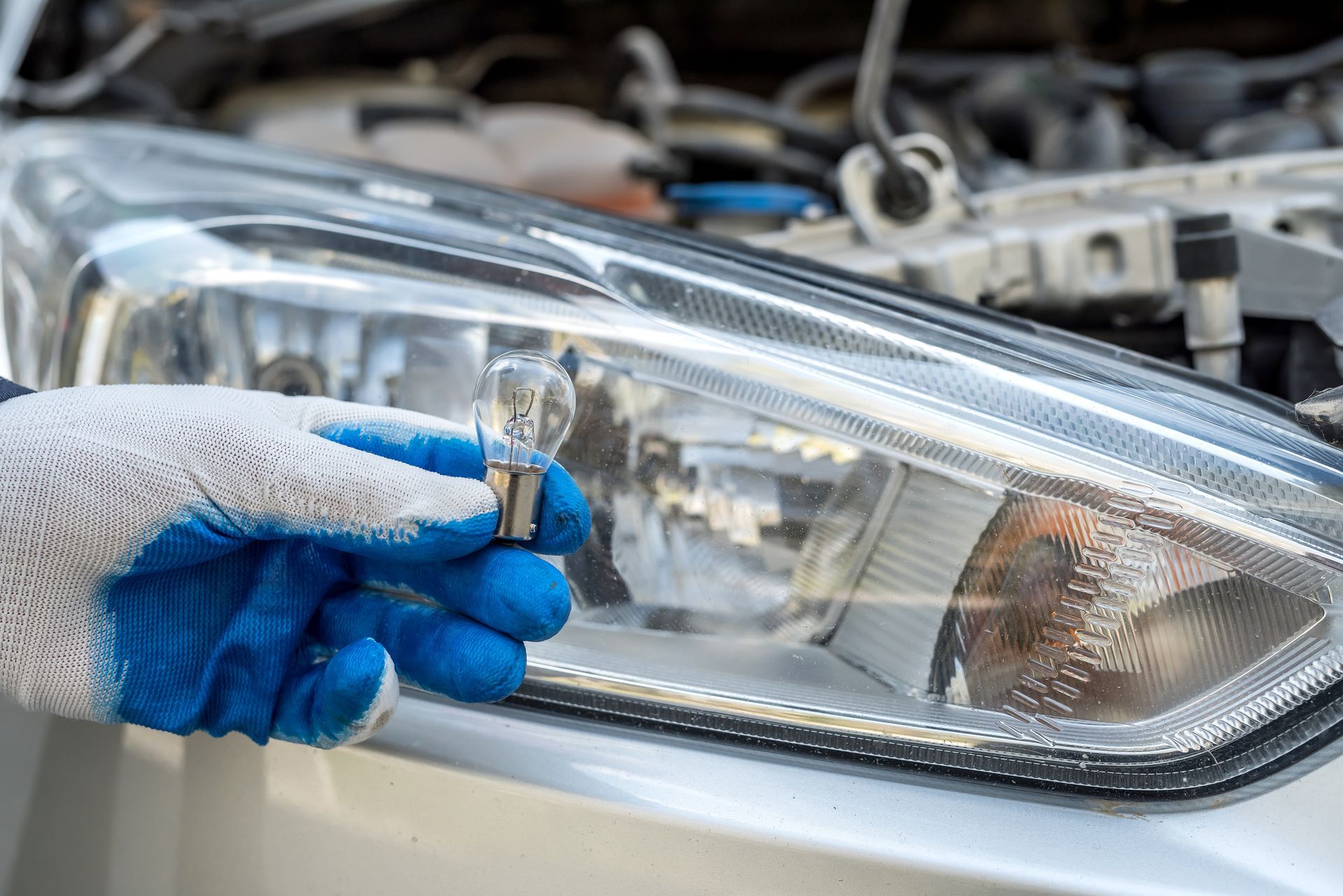Loading ...
Missing business hours data / Error occurred while getting the data.
Loading ...
Missing business hours data / Error occurred while getting the data.
The Ultimate Guide to Keeping Your Tires Properly Inflated During Cold Weather
December 20, 2024
When temperatures drop, your tires feel it too. Cold weather can significantly impact tire pressure, affecting your vehicle's handling, safety, and fuel efficiency. Maintaining the correct tire pressure during winter months is crucial to ensure a smooth and safe driving experience. Understanding why tire pressure changes and taking proactive measures can help you avoid potential issues and extend the life of your tires.
Why Does Tire Pressure Drop in Cold Weather
Tire pressure naturally decreases as temperatures fall. For every 5°C drop in temperature, tire pressure can decrease by approximately 1 PSI (pound per square inch). This happens because air molecules compress in colder weather, taking up less space within the tire.
Driving on underinflated tires can lead to several problems, including:
- Reduced Fuel Efficiency: Low tire pressure increases rolling resistance, meaning your car needs more energy to move.
- Decreased Safety: Underinflated tires are more prone to blowouts and reduced grip, especially on icy or snowy roads.
- Uneven Tire Wear: Tires with improper inflation wear unevenly, shortening their lifespan.
- Poor Handling: Low tire pressure can make steering less responsive, increasing the risk of accidents.
Tips for Maintaining Proper Tire Pressure in Cold Weather
1. Check Tire Pressure Regularly
Frequent tire pressure checks are the first step in maintaining proper inflation. Use a reliable tire pressure gauge to check your tires at least once a month during winter. Ideally, check pressure when the tires are cold (before driving) for the most accurate reading.
2. Know Your Vehicle’s Recommended PSI
Your vehicle’s recommended tire pressure can usually be found on a sticker inside the driver’s side door or in the owner’s manual. This number is specific to your car and should be followed regardless of weather conditions.
3. Adjust for Temperature Changes
Since cold weather lowers tire pressure, you may need to add air more frequently during winter months. Remember, tires can lose pressure overnight if the temperature drops significantly.
4. Invest in a Tire Inflator
A portable tire inflator or air compressor can be a lifesaver during winter. These devices allow you to top off your tires at home without needing to visit a gas station or repair shop.
5. Monitor Tire Pressure Sensors
If your vehicle is equipped with a Tire Pressure Monitoring System (TPMS), pay attention to alerts. However, don’t rely solely on TPMS, as it may not notify you until the pressure is significantly low.
The Role of Proper Inflation in Winter Driving
Maintaining proper tire inflation in cold weather doesn’t just extend tire life—it also directly affects your safety and performance on the road.
Improved Traction
Correctly inflated tires provide better contact with the road, which is essential for traction on icy or snowy surfaces.
Enhanced Handling
Underinflated tires can feel sluggish or unresponsive. Proper inflation ensures that your car handles as it should, even in winter weather conditions.
Even Tire Wear
Tires that are consistently inflated to the correct PSI wear evenly, extending their lifespan and reducing the need for premature replacements.
Additional Cold-Weather Tire Tips
Switch to Winter Tires
Winter tires are designed to handle low temperatures and provide superior grip on snow and ice. If you live in an area with harsh winters, consider investing in a set.
Inspect Tires for Damage
Cold weather can make existing tire issues worse. Check for visible signs of wear, cracks, or punctures. Address these issues promptly to prevent a blowout.
Keep an Eye on Spare Tires
Don’t forget to check the pressure on your spare tire. It’s easy to overlook but could be crucial if you experience a flat.
Stay Safe This Winter with Professional Tire Care
Proper tire maintenance is one of the simplest yet most important steps you can take to ensure safe driving during the winter months. If you’re unsure about your tire pressure, need a professional inspection, or want to switch to winter tires, we’re here to help.
Contact
Shawnee Station Automotive in Calgary, AB, today to schedule a tire inspection or service. Our experts will ensure your tires are in peak condition for the winter season. Drive with confidence—book your appointment now!
Loading ...
Missing business hours data / Error occurred while getting the data.
Call Us:
Loading ...
Missing nap lines data / Error occured while getting the data.

